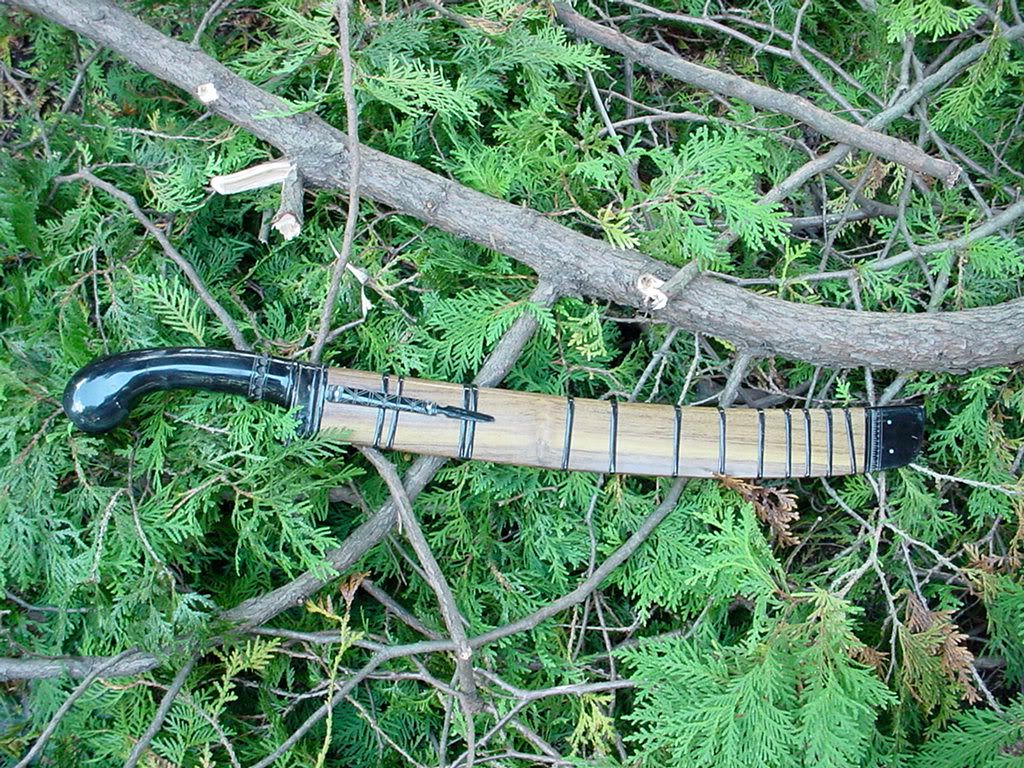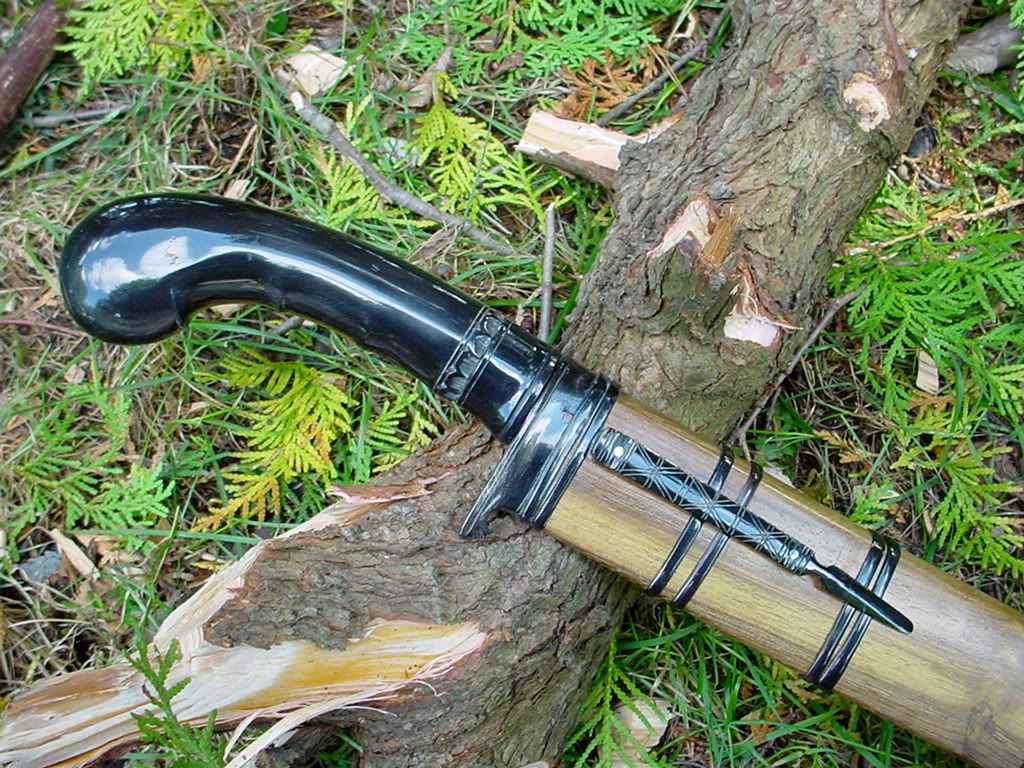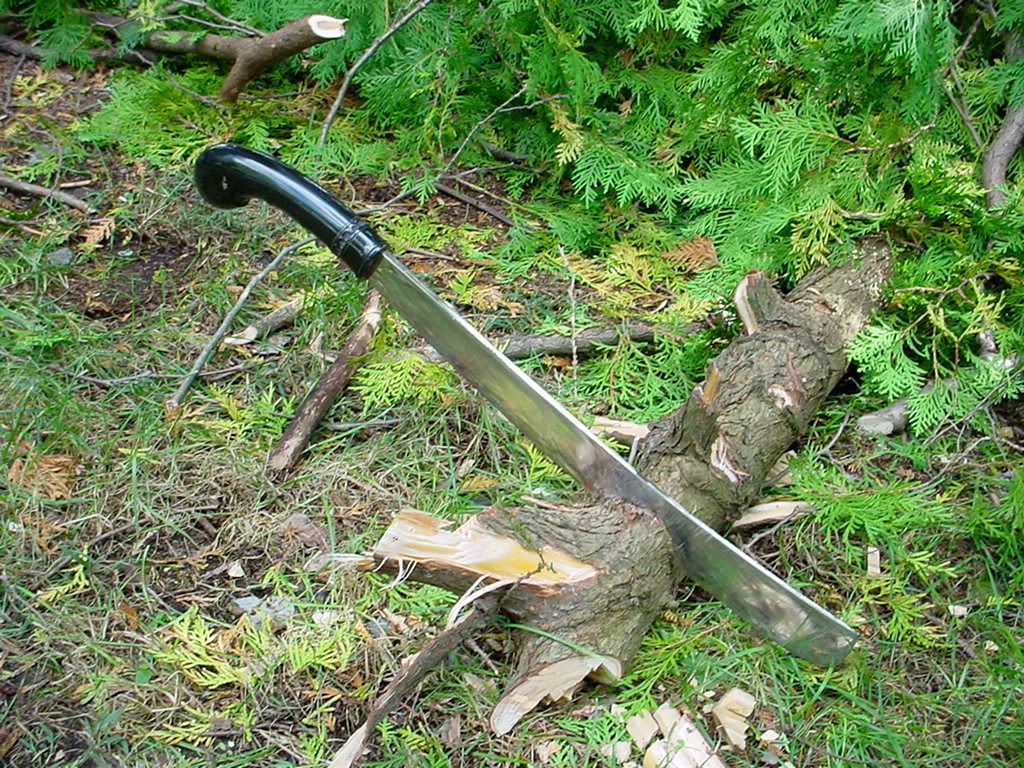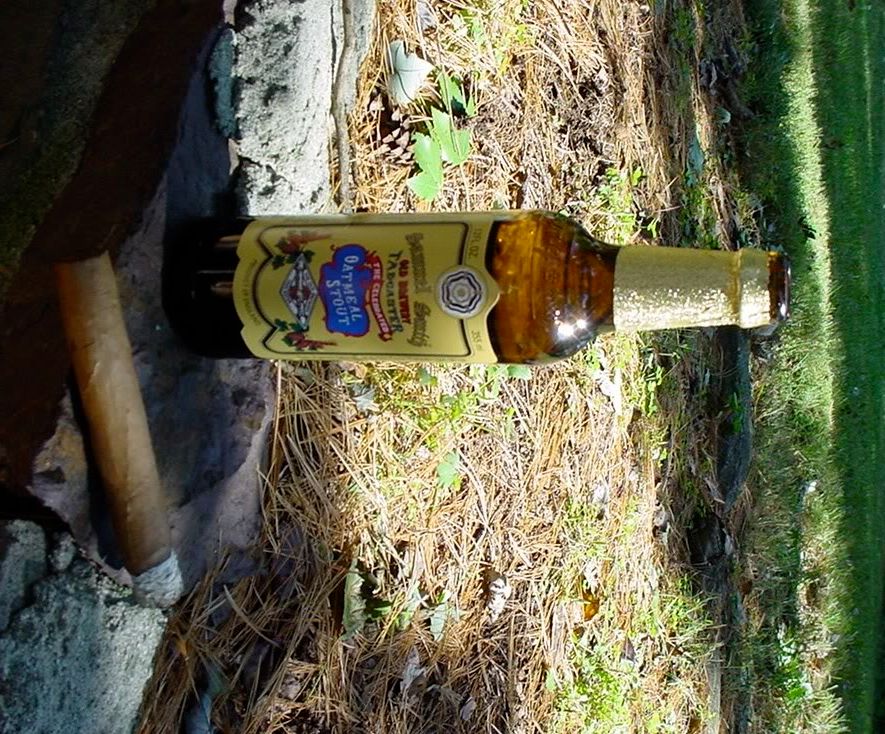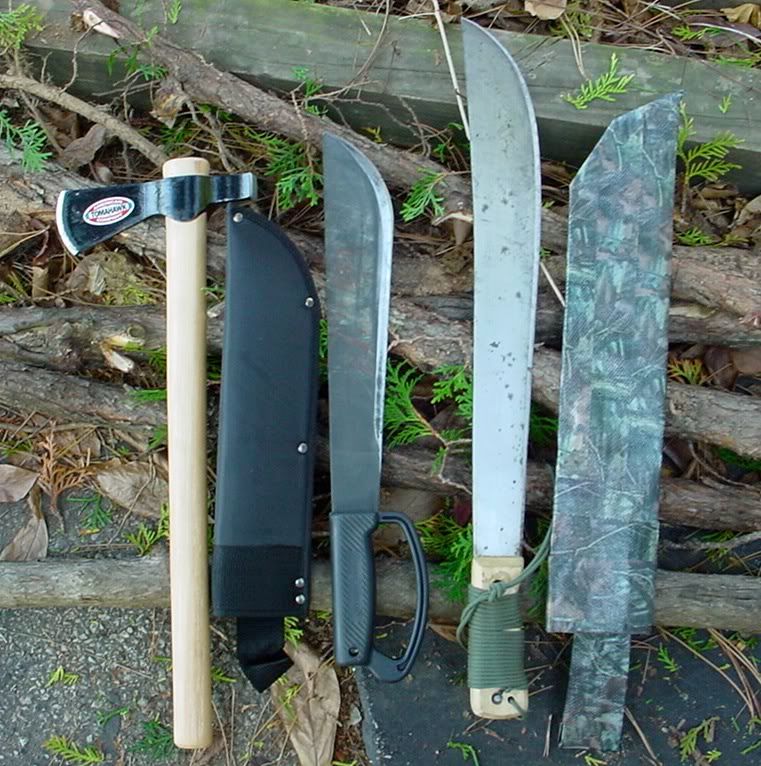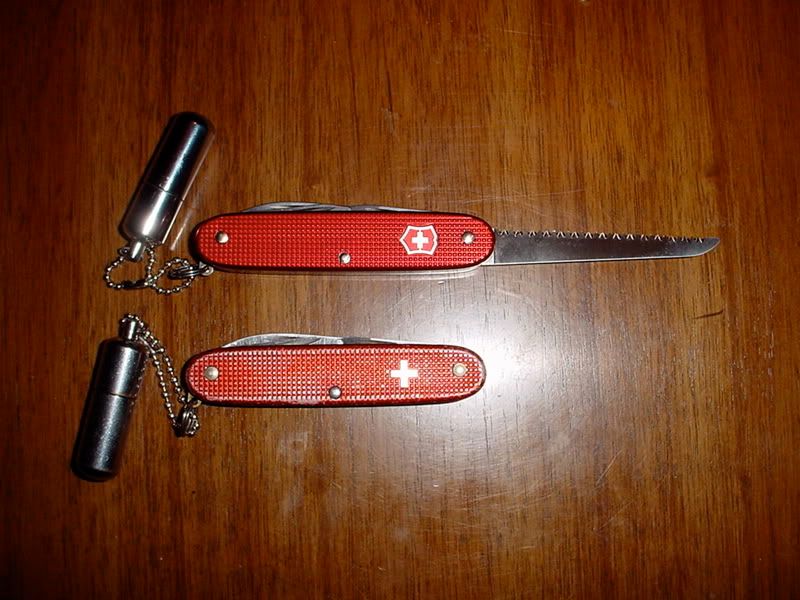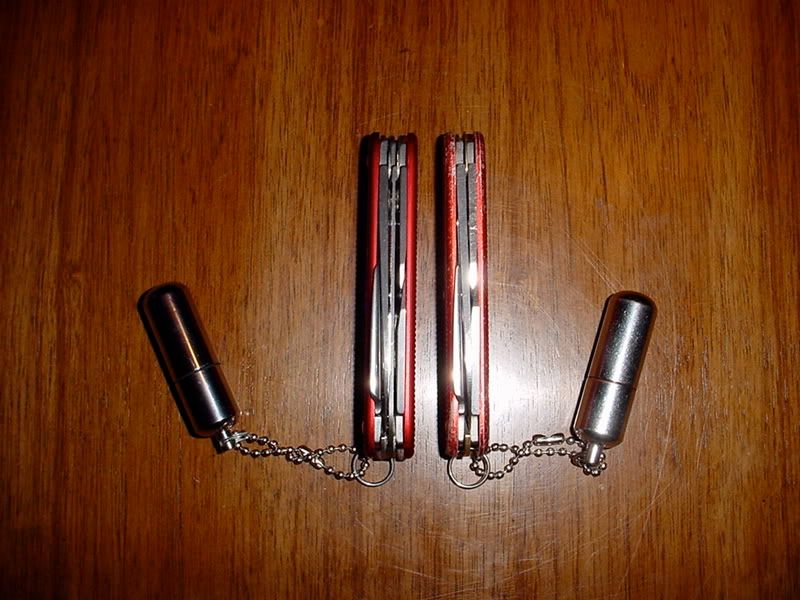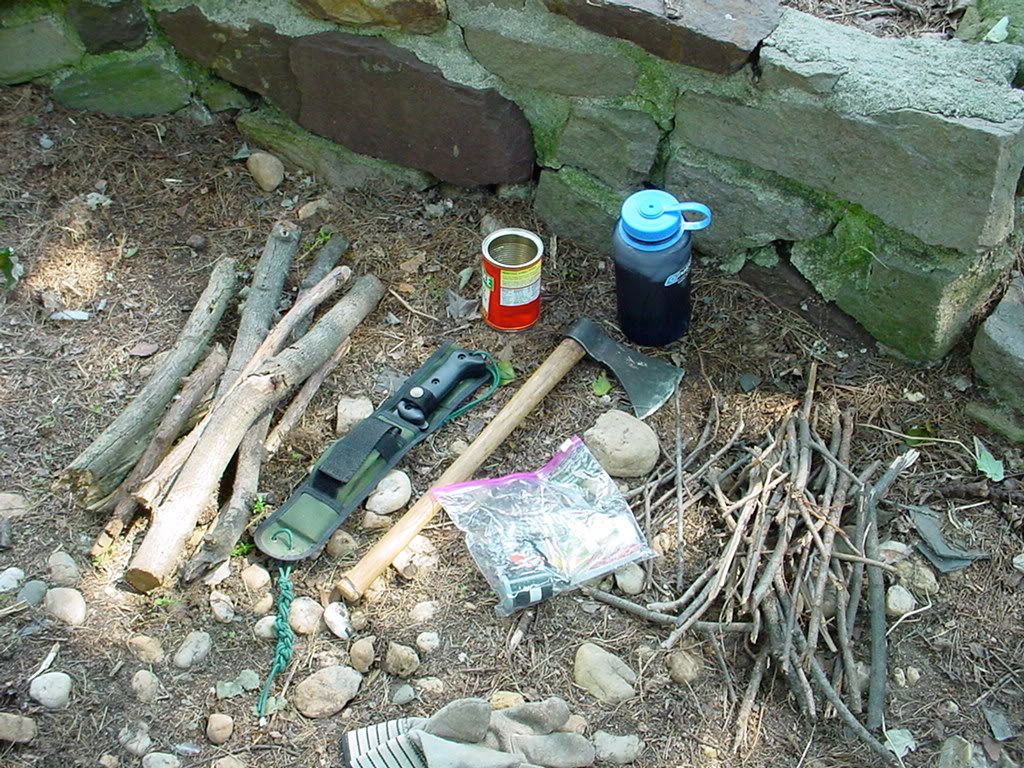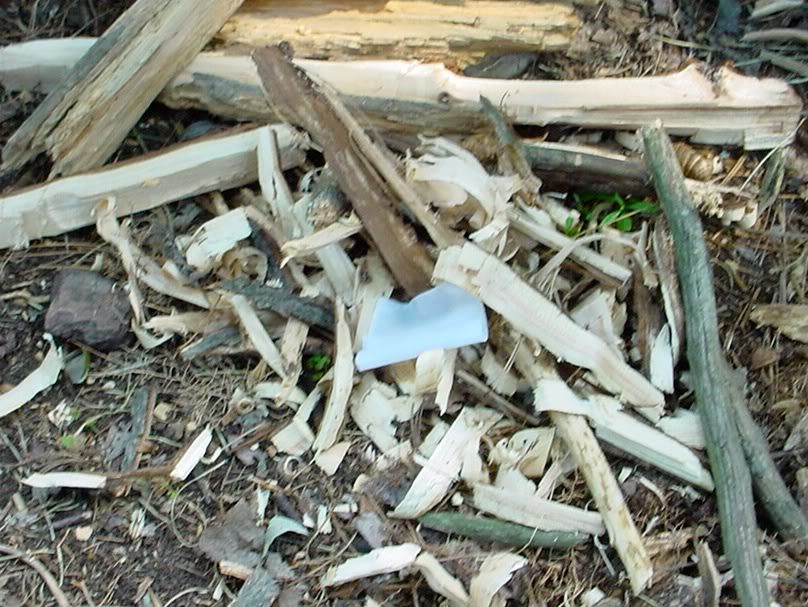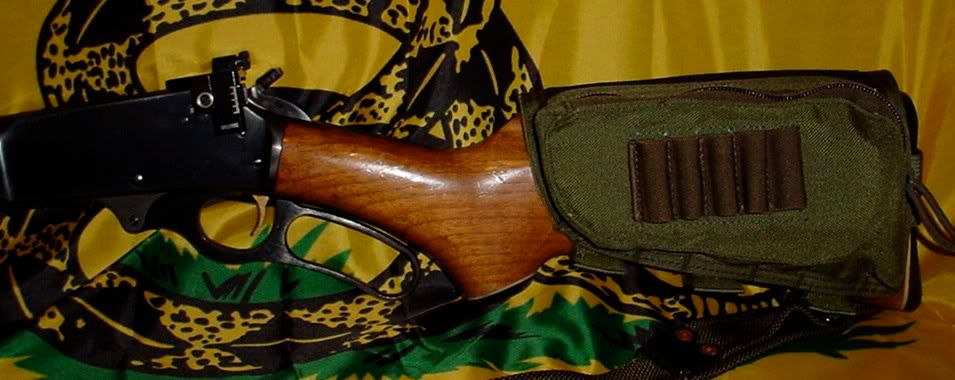In my Sunday post I described how I did some backyard experimenting with fire starting. Since my goal was to see if a Ballistol-soaked cleaning patch would catch the sparks from a fire steel and act as tinder, the nice weather on Sunday was a bonus.
However, when you're out in the woods, whether by design or bad fortune, odds are that weather conditions won't always cooperate. Your fuel sources may be wet and it may be actually raining. Just as bad, it may be dark. (For some perverse reason, it seemed that every time my CAP squadron went on an FTX, we didn't pitch camp until it was dark and raining.)
So, tonight I went out back again for more practice. It rained last night and earlier today, so everything was wet. Before heading outside I gathered several items:
1. A Swiss surplus rain poncho, mainly for use as a mat to sit on. I also used it to collect wood shavings.
2. My Becker Combat/Utility 7 knife, along with matches and tinder in a small Altoids tin in the sheath pouch.
3. A Rayovac LED headlamp.
4. My Victorinox Pioneer Swiss Army Knife, to which is attached a
County Comm Peanut Lighter. If I step out of the house, this combo is in my pocket.
5. 1L Nalgene bottle of water to douse the fire when I was finished.
I wanted to see if I could get a fire going using just a match and tinder gathered from my yard. I gathered some small dead branches from a tree in my yard. These felt pretty dry. I broken them up and set them aside.
I took a small branch which didn't seem soaked from my wood pile, peeled off the bark, and made a pile of shavings from the dry wood within.
Rather than placing my pile of shavings directly on damp ground, I first made a platform of dry sticks. Doing so keeps your tinder from getting damp.
The first hitch I ran into was that I could not get my strike anywhere matches to light, even using a dry rock as the striker. I don't have a striker from a match box in the fire starting kit in the Becker Sheath, something I must remedy.
I decided to light the match with the Peanut Lighter then try to light the pile of shavings. What I discovered was that whatever wood this was would ignite, flame, then cool down to a coal and then go out before getting any real flame going. Discouraging to say the least.
In exasperation, I took half of a petroleum jelly cotton ball out of the fire starting kit and placed it in the middle of the pile of shavings, then lit it with the Peanut Lighter. The cotton ball with PJ burned hot and long enough to ignite the wood shavings and sticks that I added. Shortly thereafter I had a small blaze going.
After dousing the fire and coming inside I took another match and tried to light it using the grout in my slate floor in my office. This has worked in the past, but tonight, no dice. I got one spark but the tip of the match wore away before igniting. I put the match in the flame of a lighter and it did ignite, so it may be that it's too humid for the strike anywhere matches to light without a matchbox striker or external help. Not something I'd want to discover in an emergency.
Lessons learned:
1. Lighting a fire when stuff is wet takes a lot of work.
2. Carry good tinder with you. Don't depend on being able to find natural tinder when you need it. Cotton balls soaked in petroleum jelly can be made at home, are cheap, and work wonderfully.
3. As a corrollary to #2, if you do find good tinder while roaming the woods, gather some for later use.
4. Even if your matches are strike anywheres, carry the striker from a matchbox with you.
5. Have at least one backup means of making fire. E.g., a lighter. I wholeheartedly recommend the Peanut Lighters from Countycomm.com. They are inexpensive, small, carry easily in a pocket, and don't leak. Mine has not been refilled in at least two weeks. I also like ferrocerrium rods which can be struck to generate a shower of hot sparks. They last a long time and work when wet.
6. A large knife will make it easier for you to make fire. It's much easier to make wood shavings with a good sized belt knife than with a pocket knife. You can also use a large knife to split open wet branches to get at the dry wood within.
7. Aside from keeping you dry, a poncho can be used to collect wood shavings you make and keep them off damp ground.
8. LED headlamps rock. It would have been a lot harder to work in the dark if I had to hold a flashlight in one hand.
9. Setting things on fire is fun.



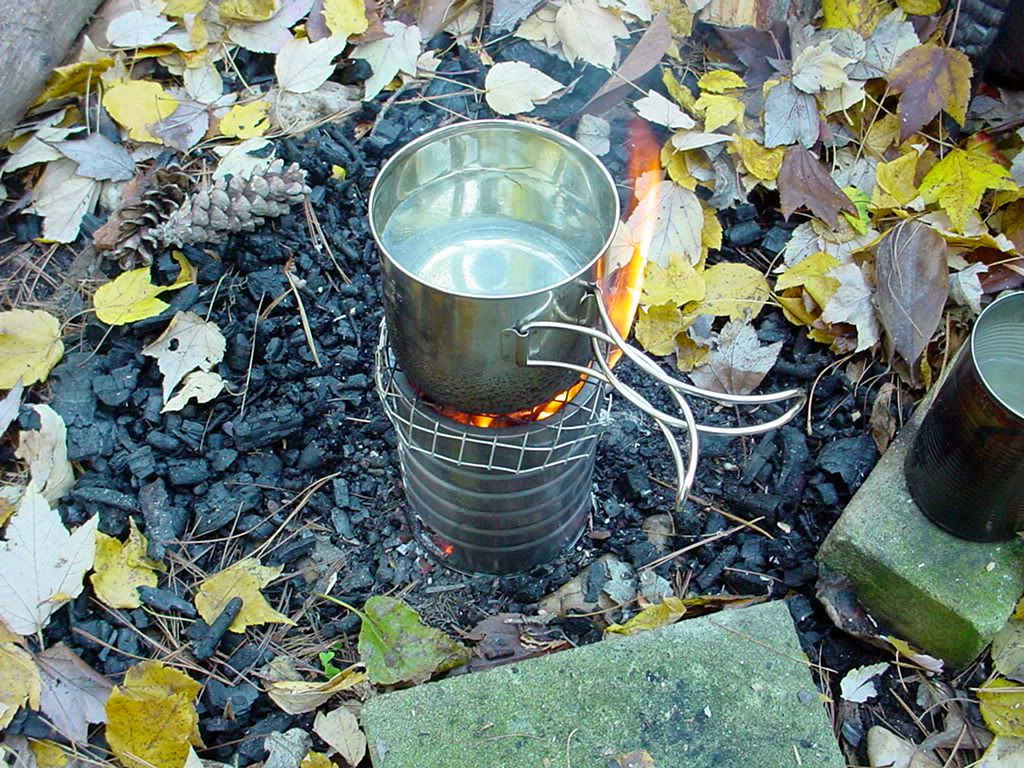






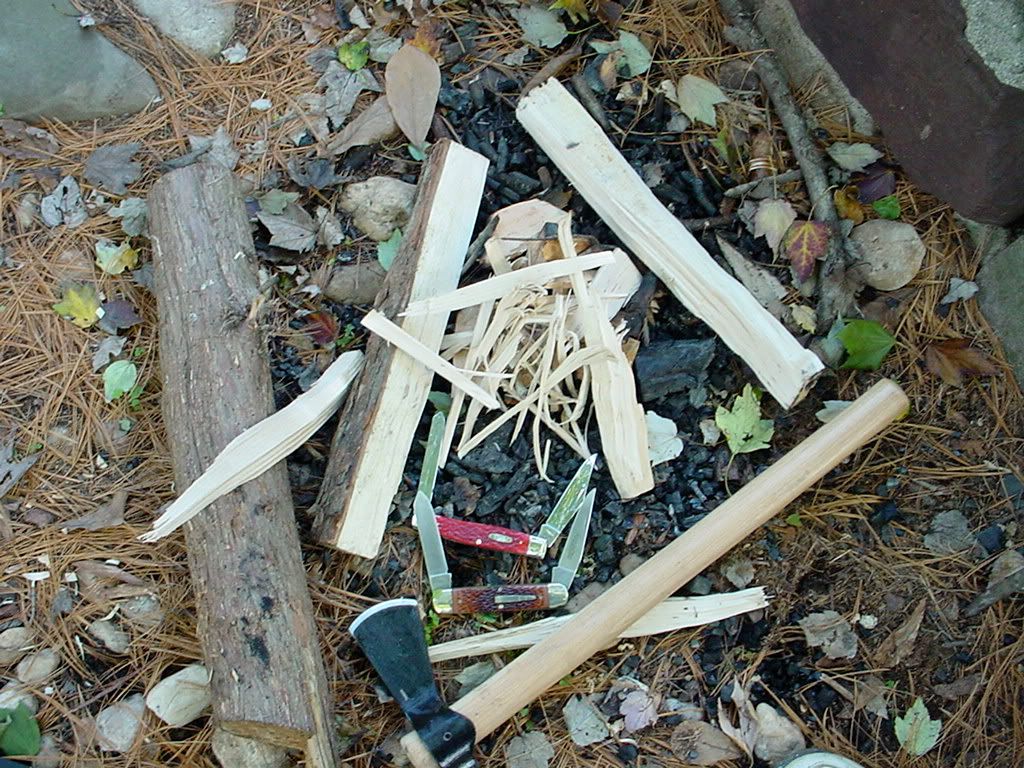
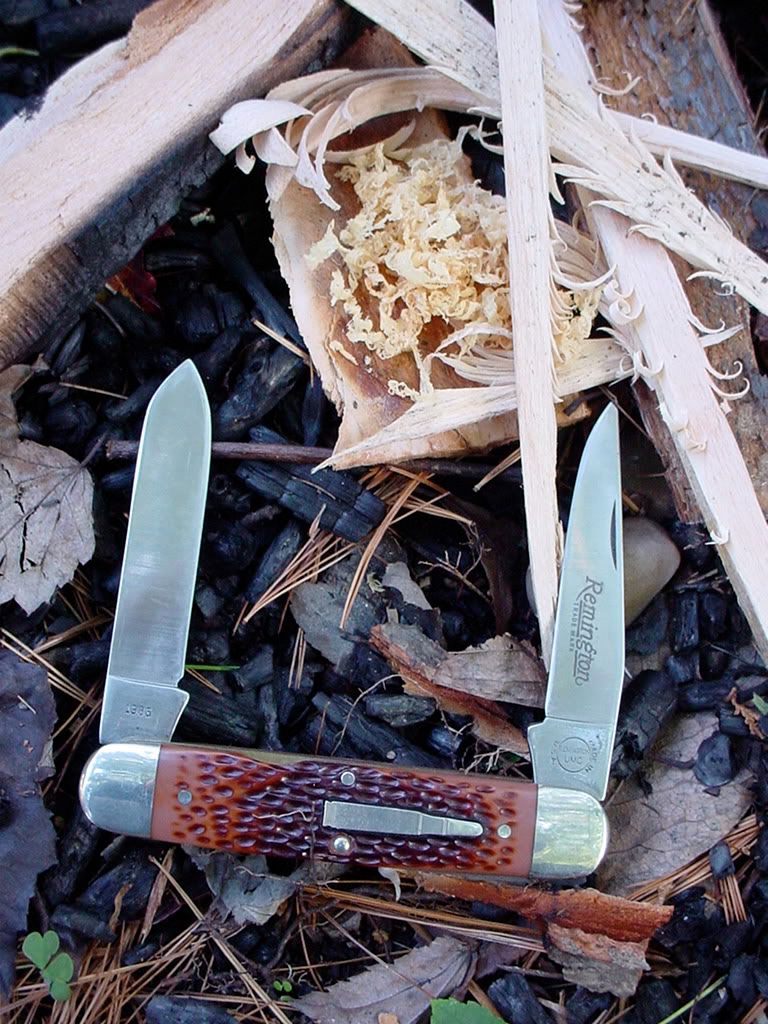
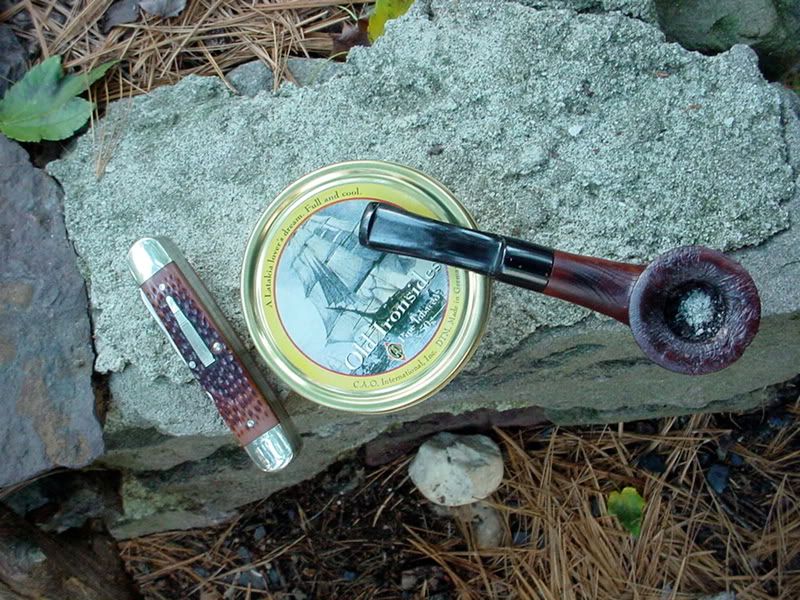
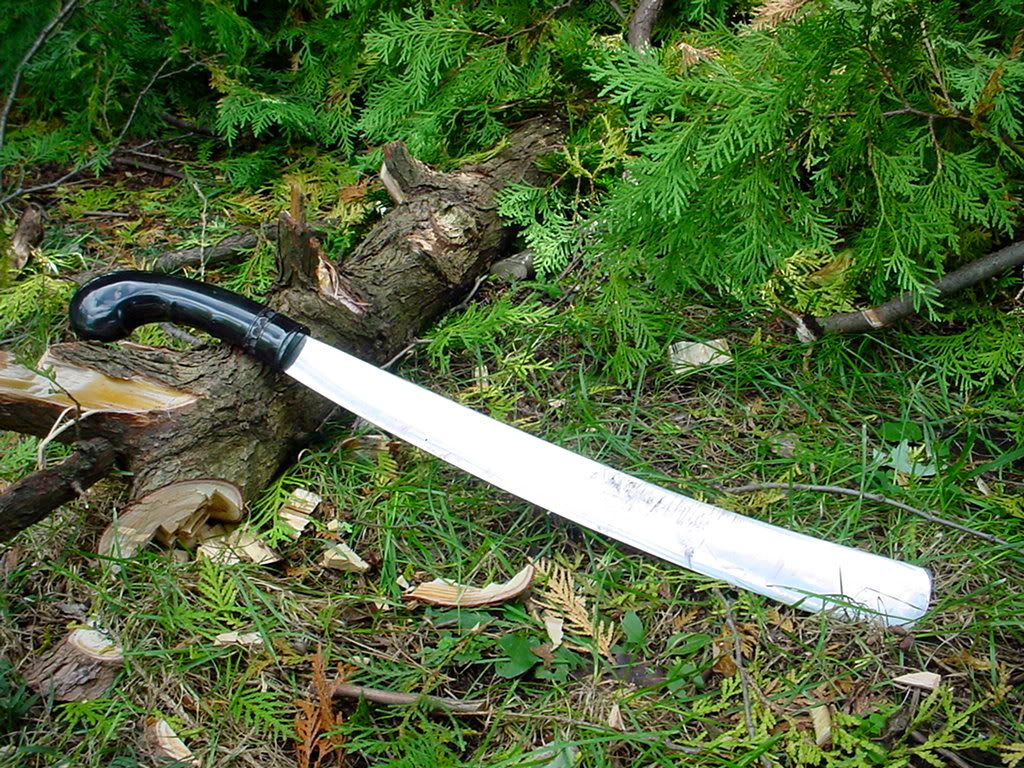
 Cost was $89 after shipping.
Cost was $89 after shipping.